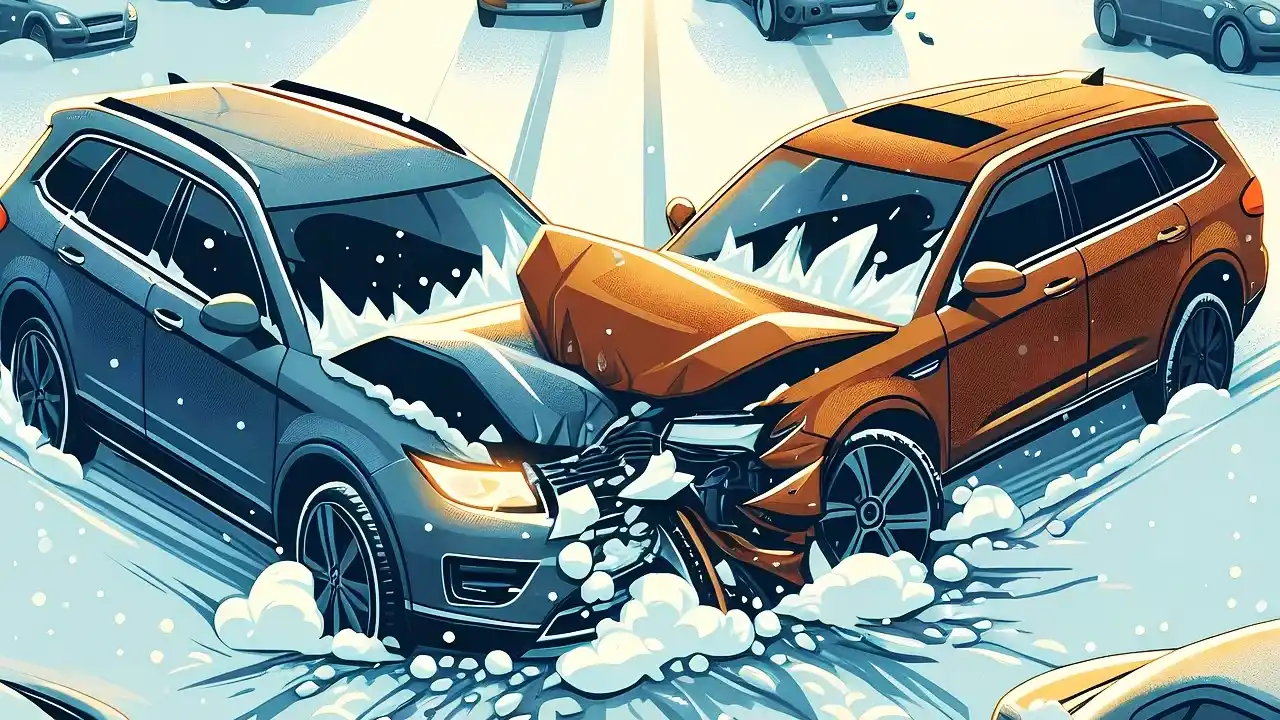Home »
Sedans vs. SUVs is a topic of long-standing discussion among manufacturers, consumers, and safety experts in automobile safety. Both vehicle types offer distinct advantages and considerations to safety features, design, and performance. To ascertain whether SUVs are intrinsically safer than sedans, we will thoroughly examine the subtle differences in safety between SUVs and sedans using data from actual accident crash test ratings, safety technologies, and vehicle design.
Vehicle Design:

SUVs:
SUVs stand out for their dimensions, sturdy build, and towering stature. The elevated ride height of SUVs provides several safety benefits, including enhanced visibility for drivers, allowing them to better anticipate and react to potential hazards on the road. Additionally, the body-on-frame construction found in many SUV models contributes to greater structural integrity, potentially reducing the risk of passenger injury crashes. However, the higher center of gravity in SUVs may also make them more prone to rollover accidents, particularly during sharp turns or evasive maneuvers.
Sedans:
In contrast to SUVs, sedans have a lower center of gravity and a lower profile. This design characteristic can handle stability, particularly at higher speeds or during sudden braking maneuvers. The lower ride height of sedans may also reduce the risk of rollover accidents, providing a more stable driving experience. However, the compact size of sedans may offer less protection in collisions with larger vehicles, potentially increasing the risk of injury to occupants.
Crash Test Ratings:
SUVs:
Many SUV models have performed well in crash tests conducted by organizations such as the National Highway Traffic Safety Administration and the Insurance Institute for Highway Safety. These tests evaluate various aspects of vehicle safety, including frontal, side, and rollover crash protection. Larger SUVs have demonstrated strong crashworthiness ratings thanks to their size, weight, and advanced safety features. However, smaller SUVs may exhibit different performance characteristics, particularly in rollover scenarios.
Sedans:
Similarly, sedans have earned commendable crash test ratings from the National Highway Traffic Safety Administration and IIHS, reflecting their overall safety performance in collision scenarios. Sedans typically excel in frontal and side-impact tests owing to their lower center of gravity and crumple zones designed to absorb impact energy. The compact size of sedans may also provide maneuverability and crash avoidance. However, the lack of height in sedans may reduce protection in crashes, such as those involving larger vehicles or SUVs.
Safety Technology:
SUVs:
Modern SUVs have safety features and technologies designed to prevent accidents and mitigate the severity of injuries in the event of a crash. These may include advanced driver assistance systems such as automatic emergency braking, lane departure warning, blind-spot monitoring, and adaptive cruise control. Additionally, many SUVs offer advanced airbag systems, including side curtain and knee airbags, to provide comprehensive occupant protection in various crash scenarios.
- Audi GT50 Concept: A Loud Reminder of Why Car Enthusiasts Fell in Love With Audi
- Nearly 30% of UK Drivers Believe Car Tax Should Be Based on Mileage — Survey
- Why Planes and Boats Escaped the Luxury Tax But Cars Didn’t
- Australia’s Headlight Confusion: Authorities Warn Drivers After Viral $250 Headlight Rule Goes Wild Online
- 2025 Hyundai Venue Facelift Launched in India – Full Details, Variants, and Price
Sedans:
Sedans have safety systems intended to increase driver awareness and reduce crash risk. Adaptive headlights, lane-keeping assist, automatic braking, and rear cross-traffic alert are typical equipment of sedans. Sedans also incorporate innovative safety systems such as pre-collision braking and pedestrian detection to improve overall safety performance. Additionally, sedans often feature electronic stability and traction control systems to enhance stability and control in adverse driving conditions.
Are SUVs Safer than Sedans? Real-World Accident Data:
While crash test ratings offer valuable insights into vehicle safety performance, real-world accident data provides a more comprehensive view of how SUVs and sedans fare in actual crash scenarios. Studies conducted by organizations such as the IIHS and the Highway Loss Data Institute analyze factors such as injury rates, fatalities, and insurance claims to evaluate the relative safety of different vehicle types in real-world driving conditions.
Conclusion:
In conclusion, the debate over whether SUVs are safer than sedans or vice versa is complex and multifaceted. Sedans have the advantages of better handling, maneuverability, and a lower center of gravity, whereas SUVs have advantages in size, visibility, and crash test performance. Ultimately, the safest vehicle aligns with the individual needs and preferences of the driver, taking into account factors such as driving habits, road conditions, and passenger requirements. By evaluating the specific safety features, crash test ratings, and real-world performance of different vehicle models, consumers can make informed decisions to ensure optimal safety for themselves and their passengers on the road.